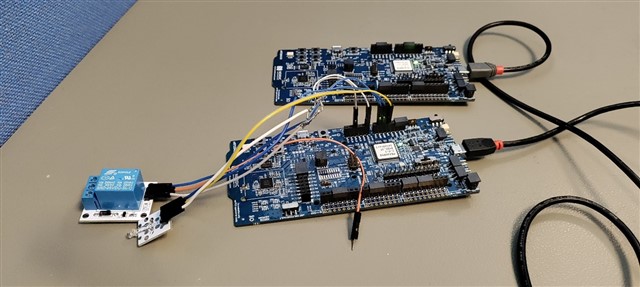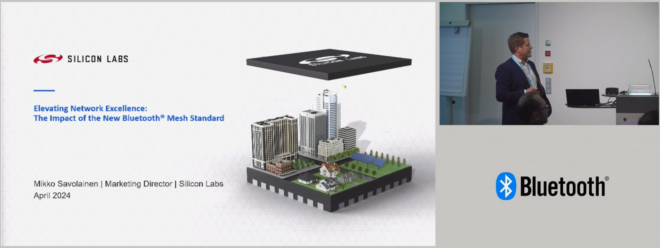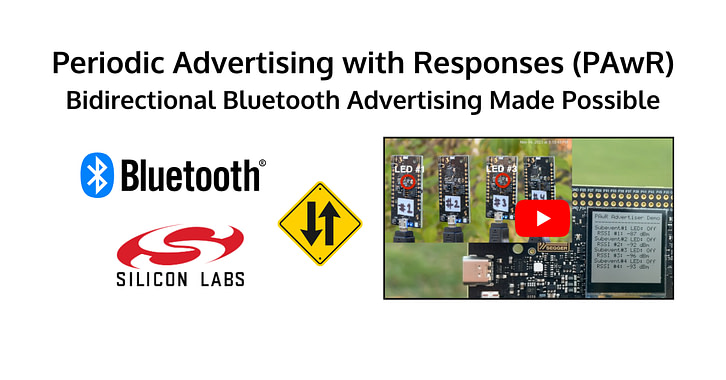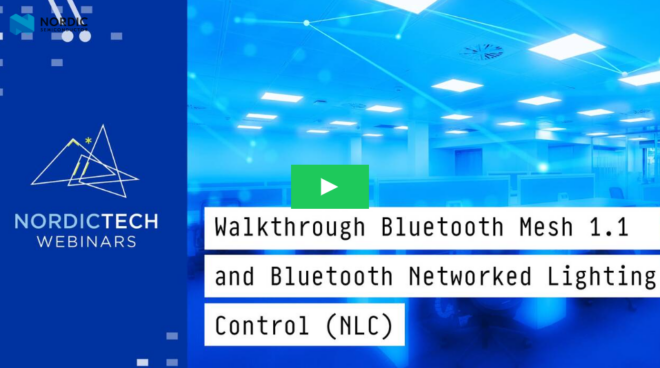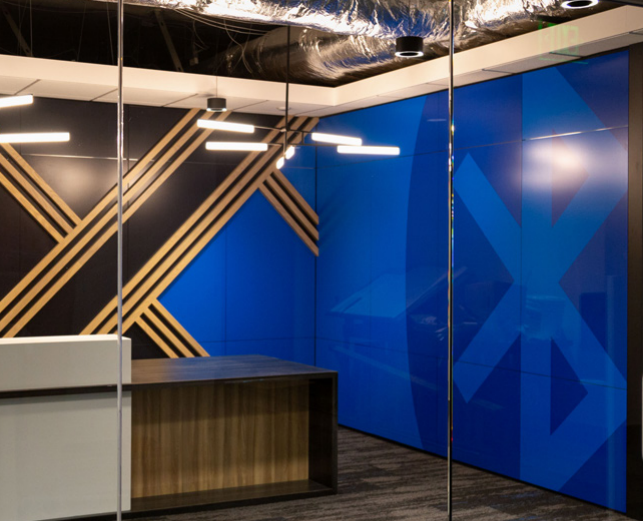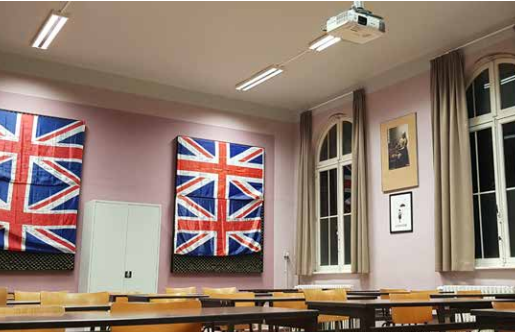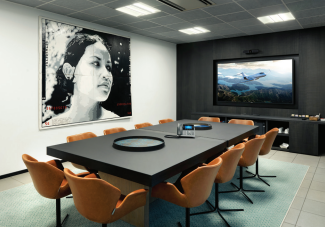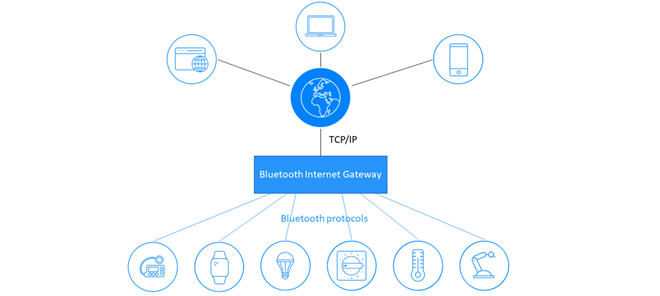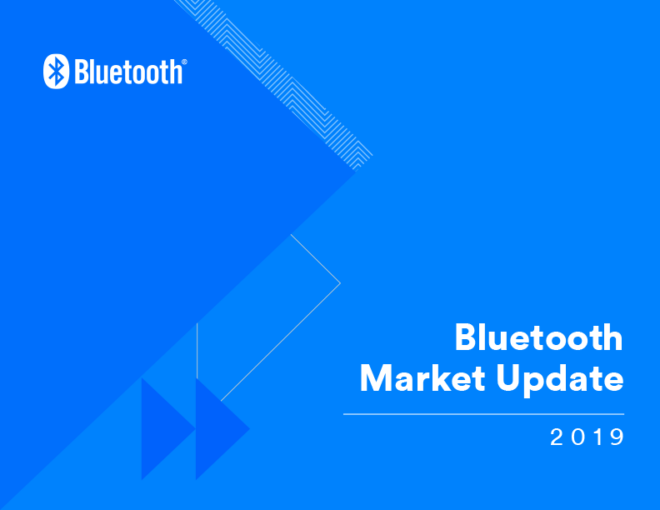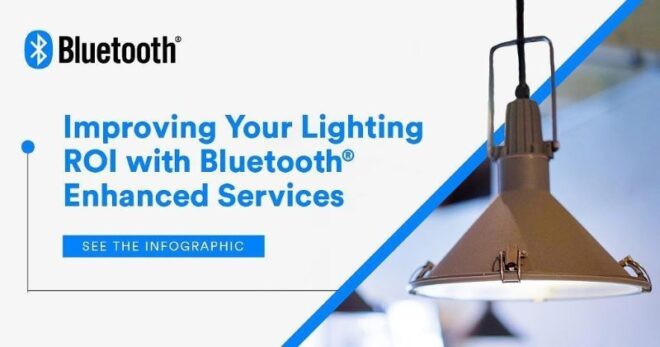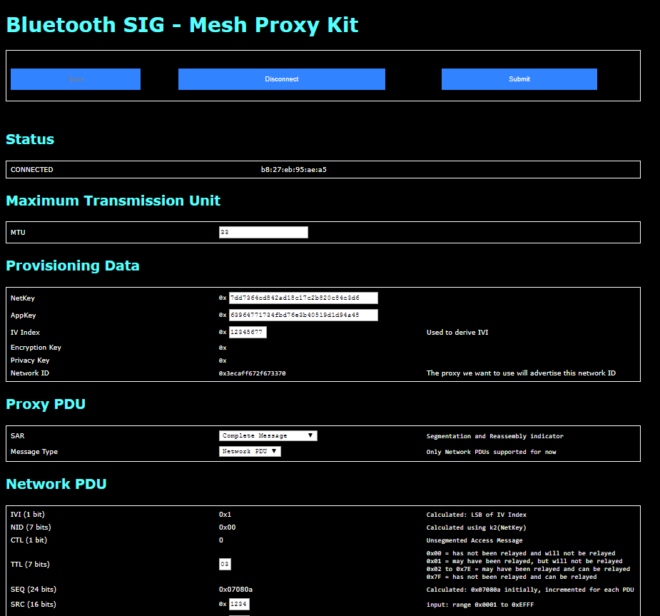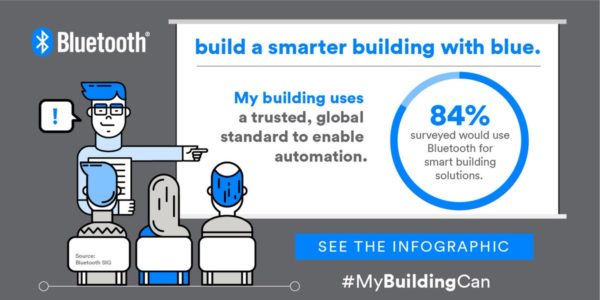Standardizing the Shelf Edge
With the introduction of a wireless standard for the electronic shelf label (ESL) market, Bluetooth® technology is helping unlock the next phase in retail digital transformation to deliver better outcomes for both stores and shoppers.
What are Electronic Shelf Labels?
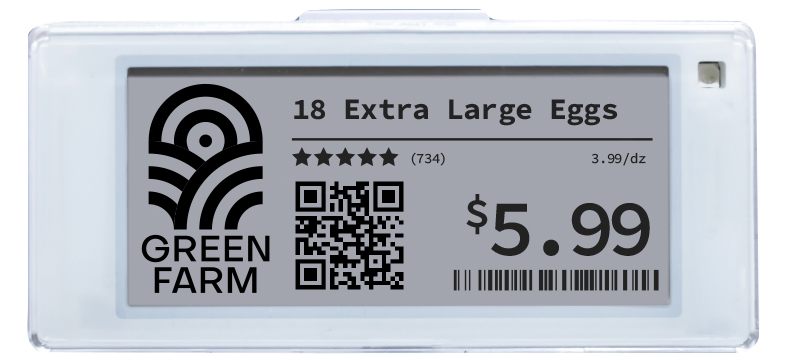
Electronic shelf labels (ESL) are small, battery-powered electronic paper (e-paper) displays that present product and pricing information at the shelf edge, replacing paper labels. ESLs use wireless technology to communicate with a central hub to form a dynamic pricing automation network.
Key Benefits
Automated Pricing
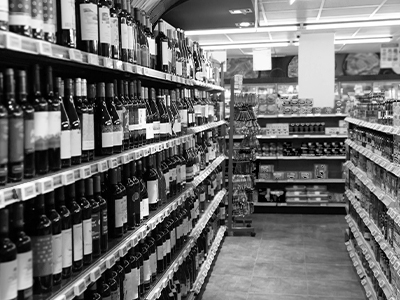
Historically, retail shelf pricing relied on error-prone, labor-intensive paper price tags and manual processes that sometimes had to be performed several times in a typical day. Electronic shelf label solutions help brick and mortar stores fully automate pricing strategies to display the right price in the right moment and enable seamless omnichannel retailing.
More Efficient Operations

Manual inventory management slows operations and undetected stockouts bite away at profits. Electronic shelf labeling can streamline picking and fulfillment for click and collect shoppers while also accelerating shelf replenishments to optimize product availability on shelves and avoid missed sales.
Increased Shopper Satisfaction

A shopper’s experience at the shelf edge is one of the most critical influences on a purchase decision. Electronic shelf labels provide always-accurate pricing, increased access to real-time promotions and product information, and a more gratifying and cohesive omnichannel experience.

Source: SES Imagotag

![]()
MARKET RESEARCH
How the Bluetooth® Electronic Shelf Label Standard Will Impact the Smart Retail Market
Bluetooth® ESL – The Global Standard for the Electronic Shelf Label Market
ESL systems have historically relied on proprietary protocols for wireless communication, presenting a potential barrier to global adoption. To address this challenge, leaders from the ESL industry teamed with the Bluetooth SIG to create a scalable, ultra-low power, highly secure ESL wireless standard based on Bluetooth® technology.
FEATURED PAPER
The Importance of Standards in the Smart Retail Market
This paper looks at how the adoption of standards-based technologies will help reduce potential obstacles for retailers looking to invest in IoT technologies.
Retailer Benefit
Multi-Vendor Interoperability
Establishing a true, global ESL standard gives retailers the freedom and confidence to source ESL components from multiple vendors knowing each component will work with the others. Backed by a proven product qualification program, Bluetooth®ESL is the standardized solution the market has needed to minimize barriers to adoption and build a frictionless, interoperable ESL ecosystem.
Developer Benefit
Lower Costs & Faster Innovation
With more than 5 billion Bluetooth® enabled devices forecasted to ship in 2023 alone, Bluetooth® ESL developers will benefit from the economies of scale that Bluetooth technology affords.* Increased supplier diversity leads to more attractive component pricing, driving down overall product costs. And by adopting a standardized approach for wireless communications, ESL vendors can now reallocate their engineering efforts to the development of more value-added, differentiating features and capabilities.
*Source: ABI Research
What the Industry is Saying
Defining the Standard
The Bluetooth® standard is defined in an upcoming Electronic Shelf Label Profile Specification, which leverages several new features recently released in Bluetooth Core Specification Version 5.4.
Featured Developer Resource
![]()
Bluetooth® Core Specification Version 5.4 – Technical Overview
This feature overview summarizes and explains the updates introduced in Bluetooth® Core Specification Version 5.4, including two new features that together enable secure, bi-directional communication between a wireless access point (AP) and thousands of very-low power end nodes.





